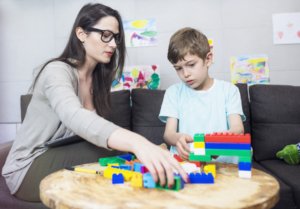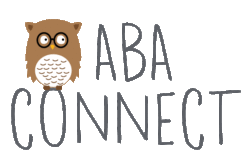
What is Applied Behavior Analysis (ABA)?
Applied Behavior Analysis (ABA) is a scientific approach to bringing about meaningful changes in behavior. It involves creating behavior interventions based on careful observation and measurement of a person’s actions. Techniques used in ABA include careful arrangement of the learning environment, and use of prompting and shaping techniques to teach new skills and behaviors. ABA therapists not only teach appropriate communication, social, and behavioral skills, they also work toward reducing or managing challenging behavior. ABA therapy includes:
- Teaching parents and professionals understand the purpose or function of a specific behavior
- Identifying and teaching a “replacement” or alternative behavior to ensure the child’s needs are met
- Structuring the child’s day to provide repeated opportunities to practice skills
- Ongoing monitoring of a child’s intervention to ensure optimal effectiveness
While a precise number of hours per week of therapy should be based on the individual child’s needs, research indicates that consistency and repeated practice leads to larger gains.
Why use ABA?
Research has shown that early intervention services (preschool years are considered “early” when it comes to intervention) can greatly improve a child’s development. Today, early intervention ABA therapy is widely recognized as a safe and effective treatment for autism. ABA therapy is the most recommended treatment by the U.S. Surgeon General, the American Academy of Neurology, the American Family of Pediatrics, the American Psychological Association, Autism Society of America, and the National Institute of Child Health and Human Development. Currently, of all the treatments for autism, ABA therapy has the largest number of supportive studies. These studies have involved people ranging in age from children to adults. Specifically, studies have shown that when ABA is delivered by trained professionals, it can help learners with ASD make significant improvements in areas such as social relationships, communication, play, self care, school and employment.
